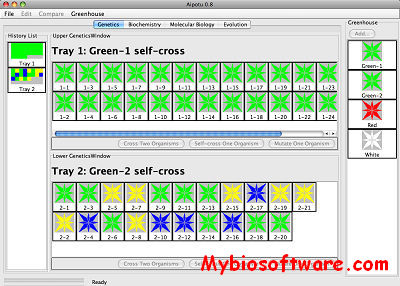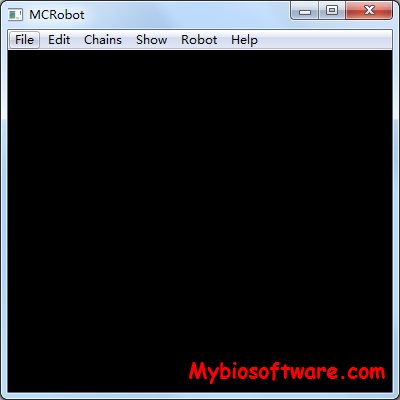ChemChains 1.22
:: DESCRIPTION
ChemChains is a logical network simulation and analysis suite. The driving force behind the development of this tool was to be able to study and visualize the complex dynamics of biological signal transduction networks. While many research groups tend to focus on continuous models, our group took a different approach by using Boolean modeling technique as an alternative. Utilizing this approach allows us to focus on the dynamics of the network without having to deal with a sheer number parameters that are necessary when working with continuous models. The most prominent feature of ChemChains is that it allows users to interact with the model in a continuous manner, as they do in the laboratory experiments (e.g., users have the ability to set inputs to a percentage ON, as opposed to only 0 or 1). This allows laboratory biologists to utilize ChemChains as a complementary tool to for their laboratory experiments.
::DEVELOPER
MathBio research group, University of Nebraska at Omaha
:: SCREENSHOTS
N/A
:: REQUIREMENTS
- Windows with Cygwin / Linux
:: DOWNLOAD
:: MORE INFORMATION
Citation
Helikar T. and Rogers J. A. (2009)
ChemChains: A platform for simulation and analysis of biochemical networks aimed to laboratory scientists.
BMC Syst. Biol. 3, 58.



